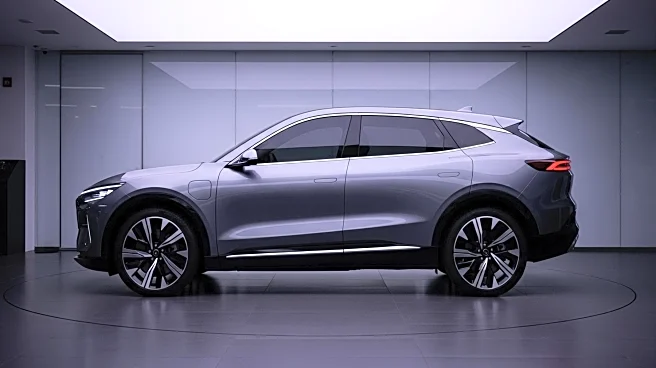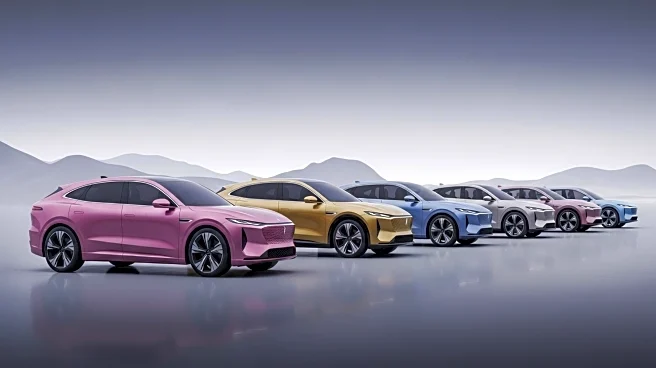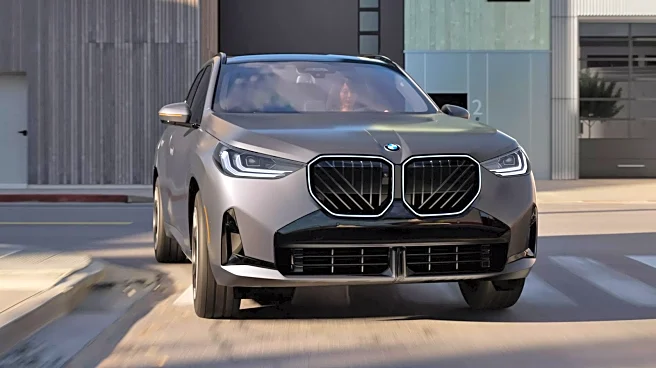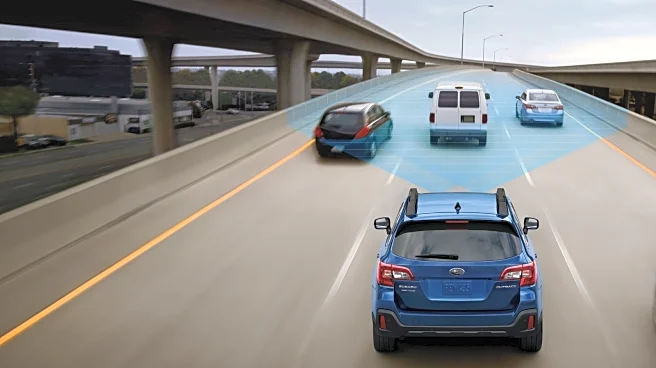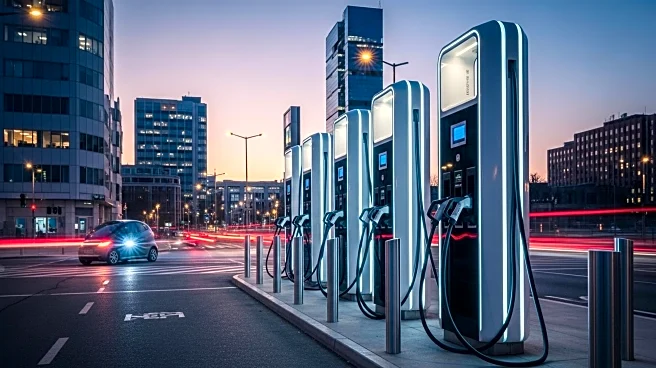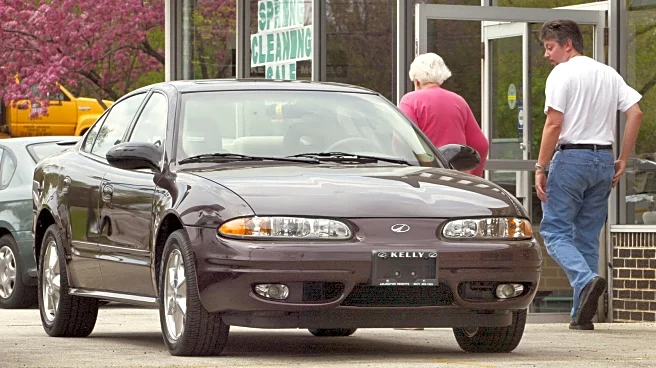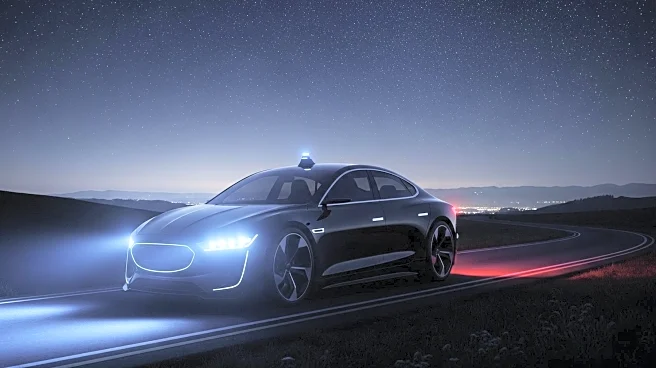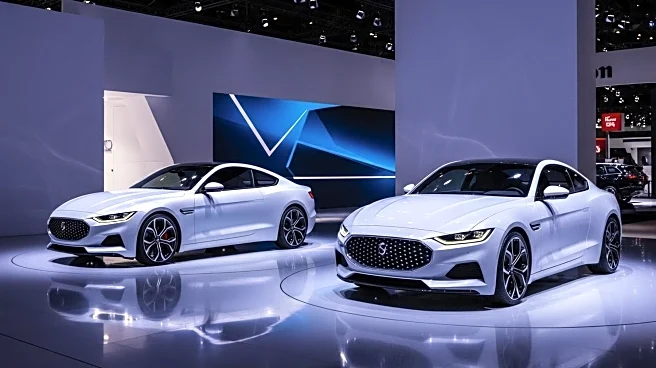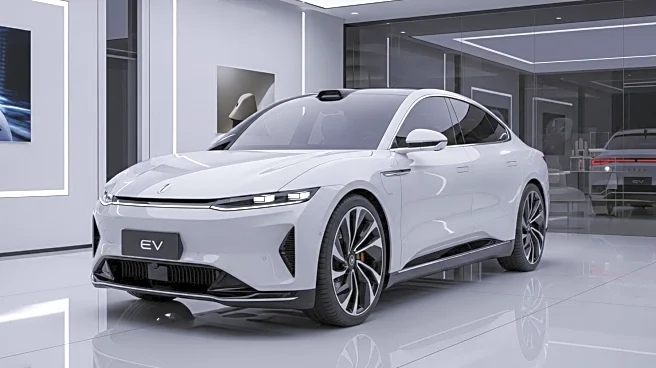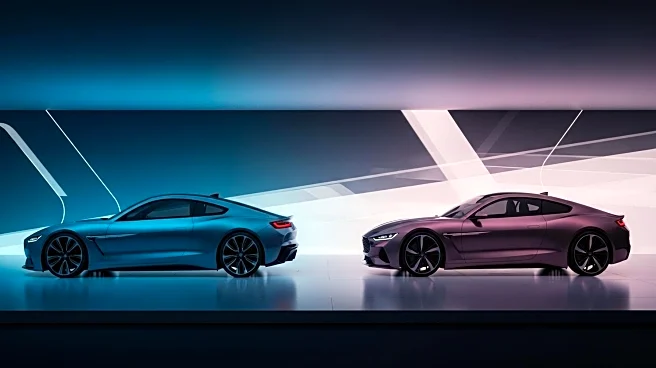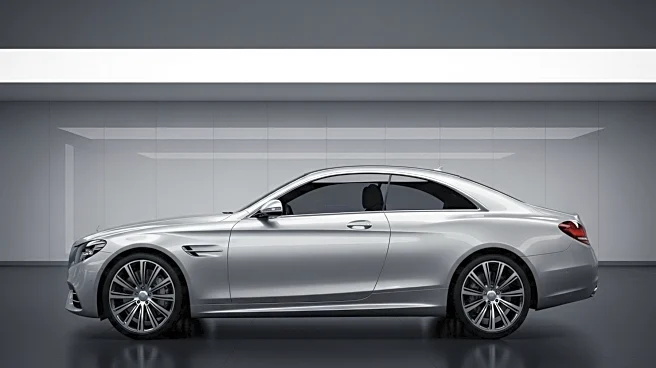What's Happening?
Consumer Reports has released its recommendations for the most comfortable SUVs of 2025, focusing on key features that enhance the driving experience. The report highlights SUVs that excel in usability, visibility, rear-seat comfort, and cabin quietness. Notable mentions include the Honda HR-V, BMW X1, Kia Seltos, and Subaru Crosstrek, among others. These vehicles are praised for their intuitive controls, clear sightlines, spacious interiors, and quiet cabins, making them ideal for long drives. The report also advises against certain models that fall short in these areas, such as the Mercedes-Benz GLA/GLB and Tesla Model X.
Why It's Important?
The recommendations from Consumer Reports are significant for consumers prioritizing comfort in their vehicle purchases. As SUVs continue to dominate the U.S. automotive market, these insights help buyers make informed decisions, potentially saving them from costly regrets. The focus on comfort features aligns with consumer demand for vehicles that offer a pleasant driving experience, especially for families and long-distance travelers. Automakers that meet these criteria may see increased sales and customer satisfaction, while those that do not may need to address these shortcomings to remain competitive.
What's Next?
As the automotive industry evolves, manufacturers may respond to these recommendations by enhancing the comfort features of their future models. Consumer Reports' findings could influence design and engineering priorities, leading to innovations in vehicle ergonomics and noise reduction. Additionally, consumers may increasingly rely on such reports to guide their purchasing decisions, prompting automakers to prioritize comfort in their marketing strategies.
Beyond the Headlines
The emphasis on comfort in SUVs reflects broader trends in consumer preferences, where convenience and ease of use are becoming paramount. This shift may also impact the development of autonomous vehicles, as manufacturers strive to create environments that cater to passengers' comfort during self-driven journeys. Furthermore, the focus on quiet cabins and intuitive controls could lead to advancements in soundproofing materials and user interface design, benefiting the automotive industry as a whole.
